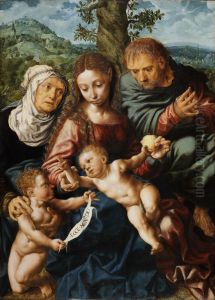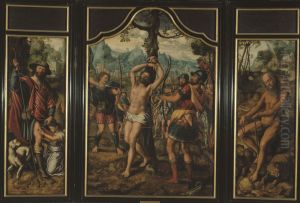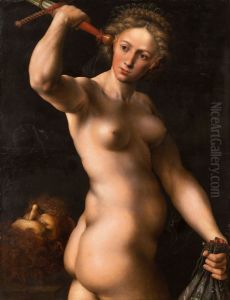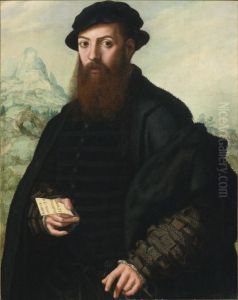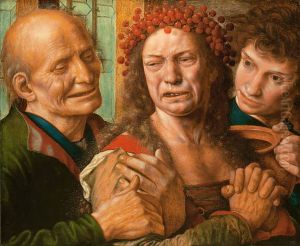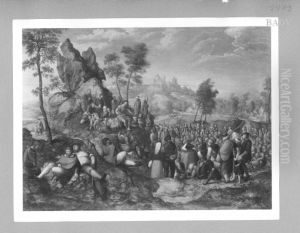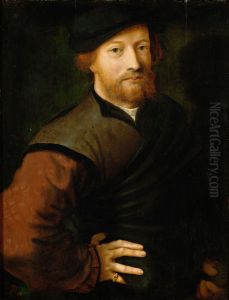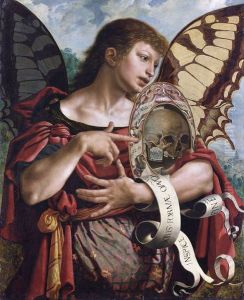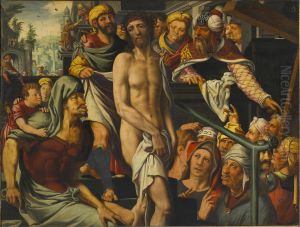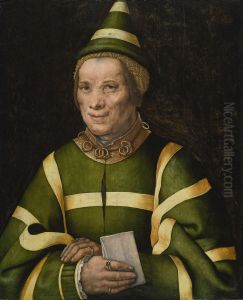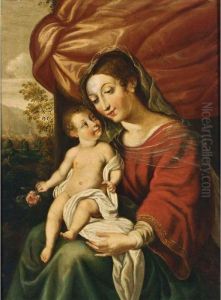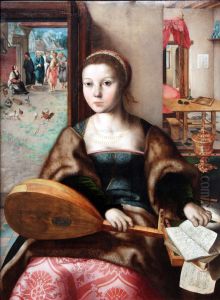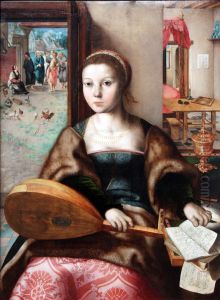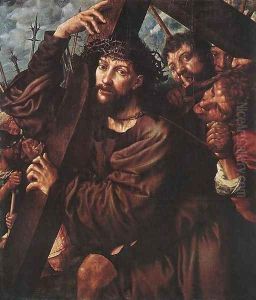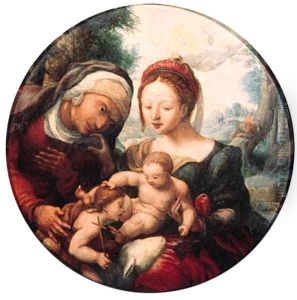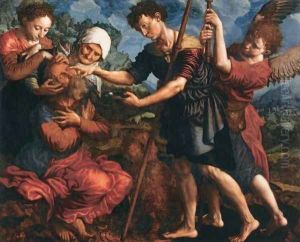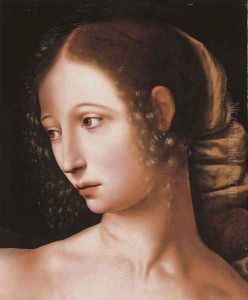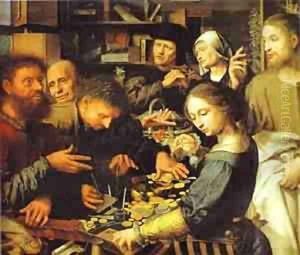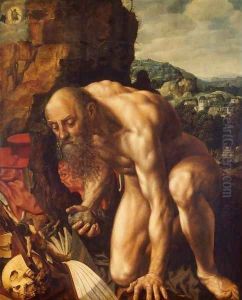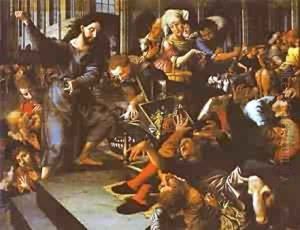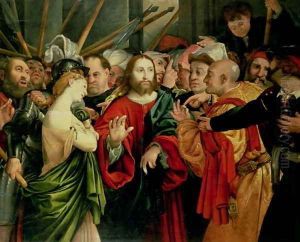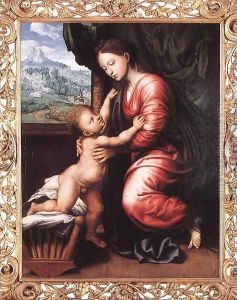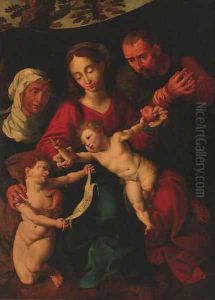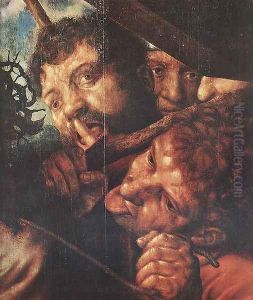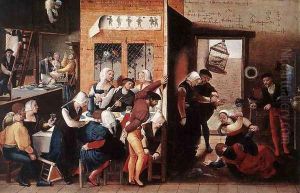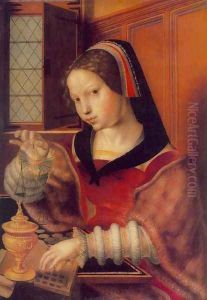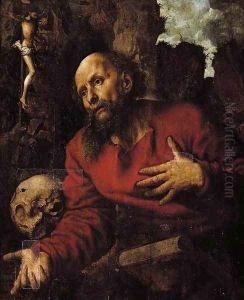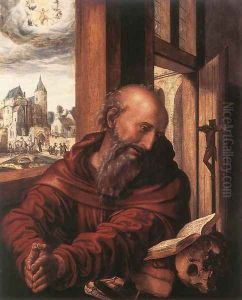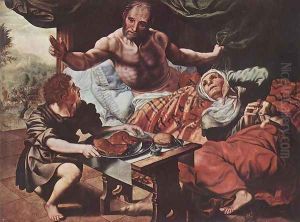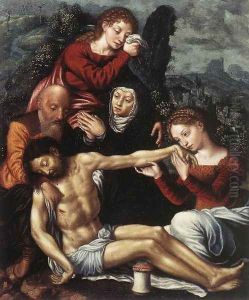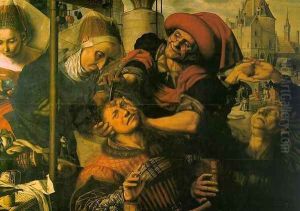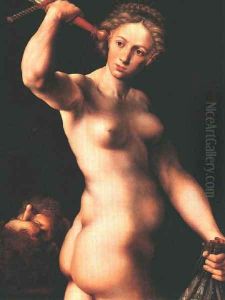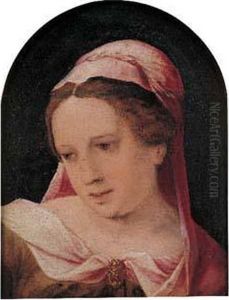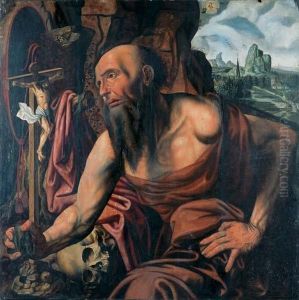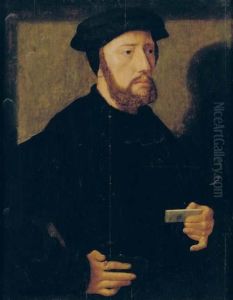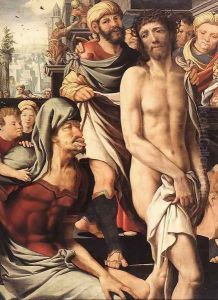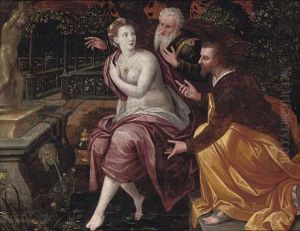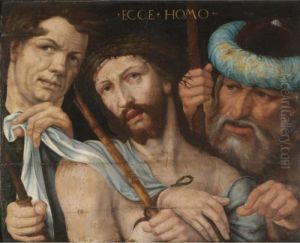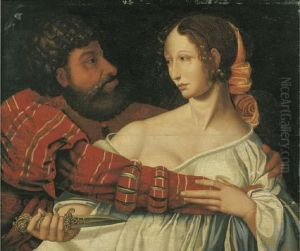Jan Sanders Van Hemessen Paintings
Jan Sanders van Hemessen was a Flemish painter, known for his early contributions to the Northern Renaissance style and for his works depicting religious and mythological themes, as well as genre scenes. He was born around 1500 in the city of Hemiksem, then part of the Habsburg Netherlands. His exact date of birth is not known, but he is believed to have been active as an artist from the 1520s until the mid-16th century.
Van Hemessen received his artistic training in Antwerp, which was a significant center for art and commerce during the 16th century. He became a master in the Antwerp Guild of Saint Luke by 1524 and established himself as a prominent painter. His style was influenced by Italian Renaissance art, likely due to the presence of Italian works in Antwerp, and by the works of Albrecht Dürer and other Northern European artists.
Van Hemessen is credited with introducing a more sophisticated approach to composition and characterization in Flemish painting. He was particularly adept at rendering emotions and psychological depth in his subjects. His religious paintings often feature intricate details and vivid expressions, while his genre scenes display a keen observation of everyday life and human interactions.
One of his most notable works is 'The Surgeon,' which is considered one of the earliest representations of a medical practitioner in Northern European art. This painting reflects his interest in depicting scenes from contemporary life and his ability to infuse these scenes with moralistic and allegorical significance.
The latter part of Van Hemessen's life is less documented, but it is known that he had a daughter, Catharina van Hemessen, who became a successful artist in her own right. She is recognized as one of the first female Flemish artists to achieve prominence. Jan Sanders van Hemessen's influence extended to his pupils and contemporaries, and his works continued to be appreciated for their contribution to the development of Renaissance art in the Low Countries. His death is estimated to have occurred around 1566, but like his birth, the exact date is uncertain.
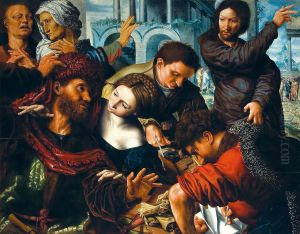
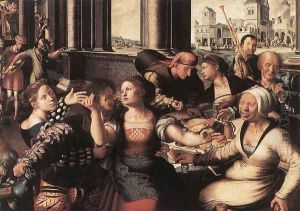
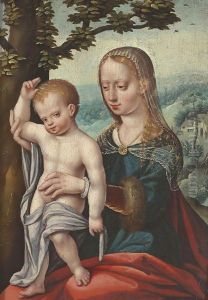
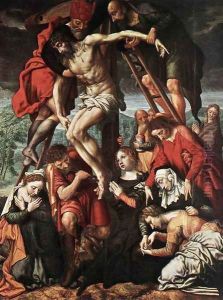
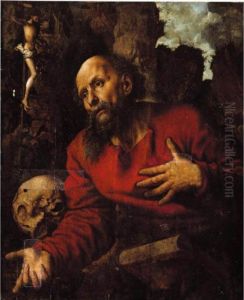
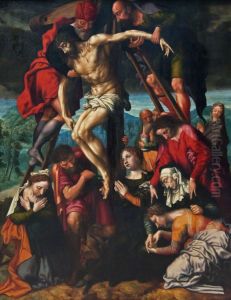
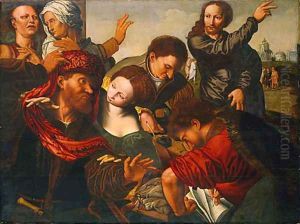
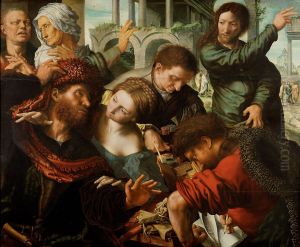
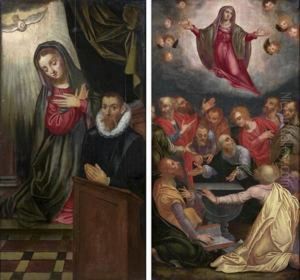
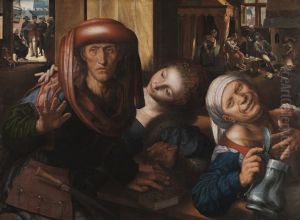
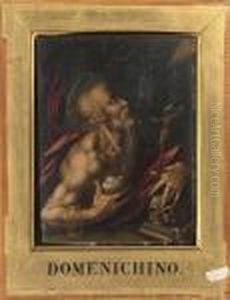
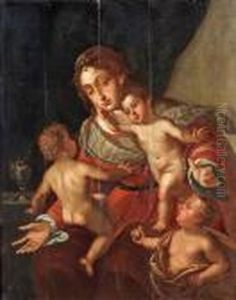
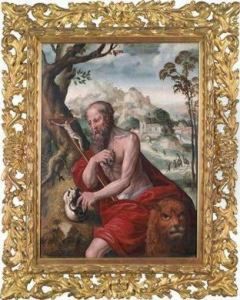
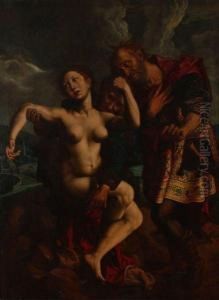
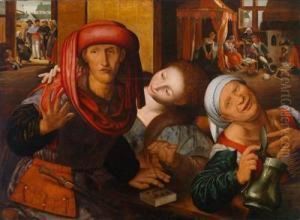
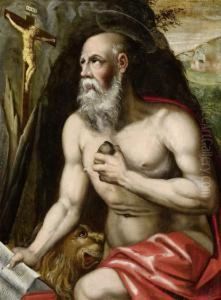
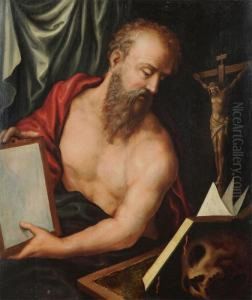
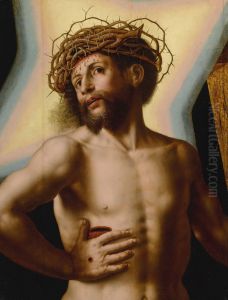
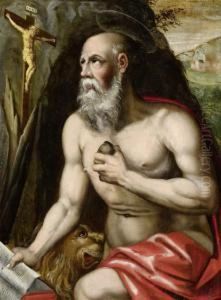
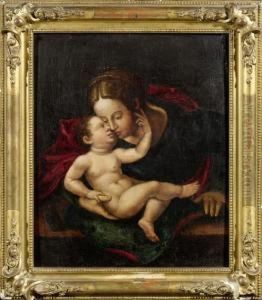
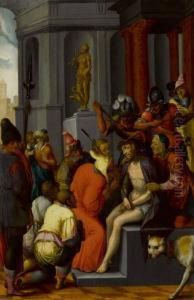
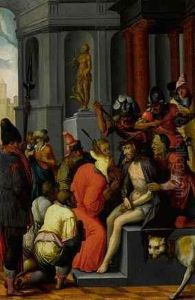

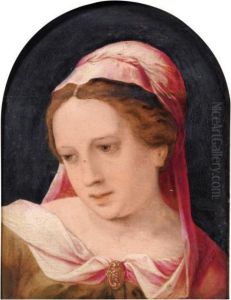
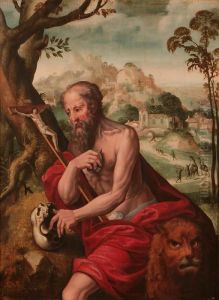

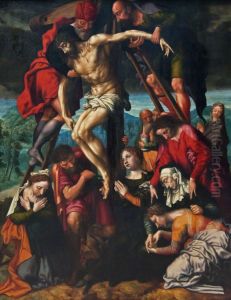
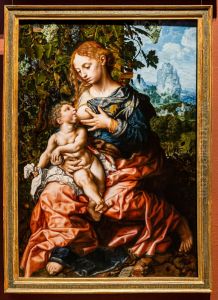
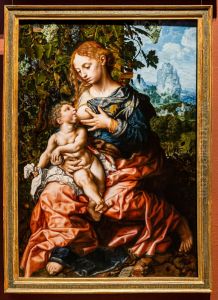
![Allegory of Nature as the Mother of Art[1]](https://www.niceartgallery.com/imgs/4614626/s/jan-sanders-van-hemessen-allegory-of-nature-as-the-mother-of-art1-37cf5b7c.jpg)
![Allegorisch huwelijksportret van Catharina van Hemessen en Chretin de Morien (?).[2]](https://www.niceartgallery.com/imgs/4614624/s/jan-sanders-van-hemessen-allegorisch-huwelijksportret-van-catharina-van-hemessen-en-chretin-de-morien-2-437b5d8d.jpg)
![Allegorie[2]](https://www.niceartgallery.com/imgs/4614621/s/jan-sanders-van-hemessen-allegorie2-7df1d037.jpg)
